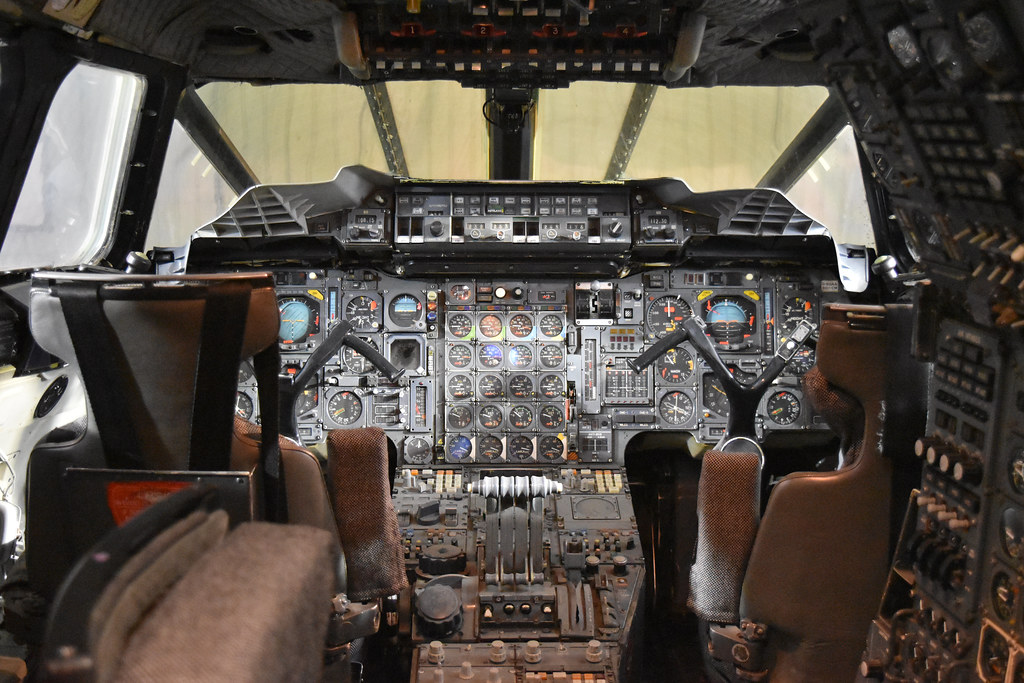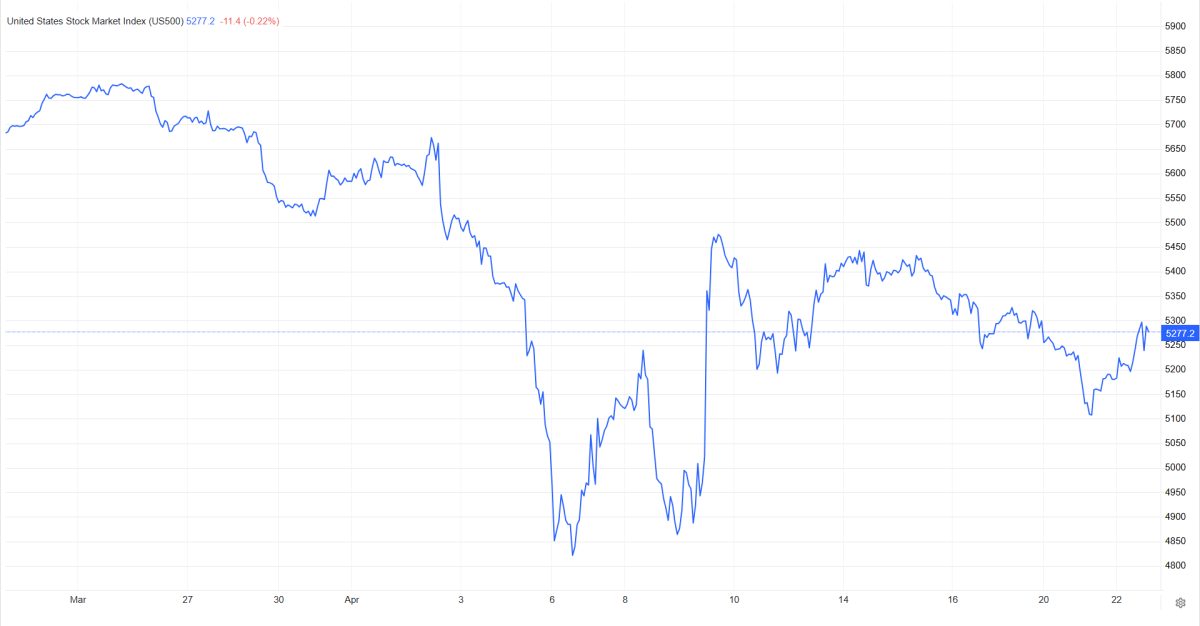On Nov. 26, 2003, the Concorde supersonic airliner was retired roughly 27 years after seeing commercial service in 1976. While it was the first supersonic commercial airliner, the Bell X-1 was the first aircraft to break the local, referring to where testing took place, sound barrier traveling at roughly 662 miles per hour, reaching a top speed of 700 miles per hour.
After the many years following FAA restrictions on supersonic flight over populated land due to the noise made by breaking the sound barrier, NASA launched the Quesst mission. In this mission, in collaboration with Lockheed Martin, NASA hopes to provide the FAA with an acceptable noise level by lowering the intensity of the sonic boom in order to repeal the restrictions.
Concorde
The Concorde airliner was the creation of a joint operation between the United Kingdom and France during the Cold War in order to produce an aircraft capable of traveling over Mach 2, twice the speed of sound; Mach 2 is roughly 1,354 miles per hour.
Modern airliners, like the Boeing 747, have a top speed around 652 miles per hour with a maximum altitude of around 41,000 feet. Compared to the 747, the Concorde has a top speed that was 702 miles per hour faster and a maximum cruising altitude 19,000 feet higher at 60,000 feet.
In roughly four hours and 56 minutes, a Boeing 747 can make the transatlantic flight from London to New York while the Concorde could make it in two hours, 52 minutes and 59 seconds, shortening the trip by a little over two hours.
While the Concorde sounds superior to a 747, there are still several flaws with being so fast. During the 27 years of commercial flights, Concorde only saw one crash; a fatal accident that took the lives of 113 people, the 109 passengers and four people standing on the ground.
Investigations into the true nature of the accident show that a strip of titanium had fallen off of a previous airplane which popped one of the Concorde’s wheels, sending a chuck of rubber into the left wing, puncturing its fuel tank.
In order to travel at its impressive speeds, the Concorde airliners required around 119,500 liters of fuel. With that much fuel, which is highly combustible, a fuel leak with an active jet engine is a recipe for disaster; one capable of claiming 113 lives.
Quesst and the X-59
Aforementioned, the Quesst Mission aims to suppress the noise made from a sonic boom in order to prove the possibility of future supersonic commercial flights. During its creation in 1973, the FAA restrictions on supersonic flight, while effective at the time, fails to keep innovation in mind; NASA and Lockheed engineers have designed the X-59 to reduce the noise of a boom.
While the Concorde had a long nose that was movable, the X-59 has a 38 foot carbon-fiber nose that is stationary, blocking the pilot’s view. To combat this, a camera was mounted in front of the cockpit that allows the pilot to do just that; pilot it.
In addition, the body of the X-59 helps redirect the direction of the boom; the underside is very flat and streamlined so any bumps that would create a shock are instead moved to the top. By relocating the potential bumps to the top, the engineers are able to focus the majority of the boom upward, limiting the noise heard significantly. As seen on other planes, the X-59 has an empennage designed for stabilization as well as noise dampening.
With a design resembling the letter T, the empennage plays a key role in canceling out most of the remaining noise by creating its own shock. Everything included in the design is optimized for lowering the intensity of the boom from the nose all the way to the paint that will be applied before flight. Static charges can negatively affect on-board electronics so as a countermeasure, a layer of anti-static paint will be applied to help decrease the odds of a malfunction.
Since the X-59 has not flown yet, there are no concrete answers as to how many decibels the sonic boom will make but NASA aims to reduce it to that of a closing door. According to the Center of Disease Control on the topic of hearing, noises ranging from zero decibels up to 85 decibels are considered safe.
A normal conversation is around the 60 decibel range and will not typically cause hearing loss. On the other hand, yelling directly into someone’s ear is around 110 decibels which can potentially cause hearing loss within two minutes of constant exposure.
A sonic boom is exactly the same; it also shows up around the 110 decibel range which adds risk to flying over populated areas in a supersonic aircraft. In order to comply with the current FAA restrictions, the boom would have to be reduced to 75 decibels or lower as those levels of noise are not disruptive or damaging.










Andrew • Jan 25, 2024 at 9:40 am
good